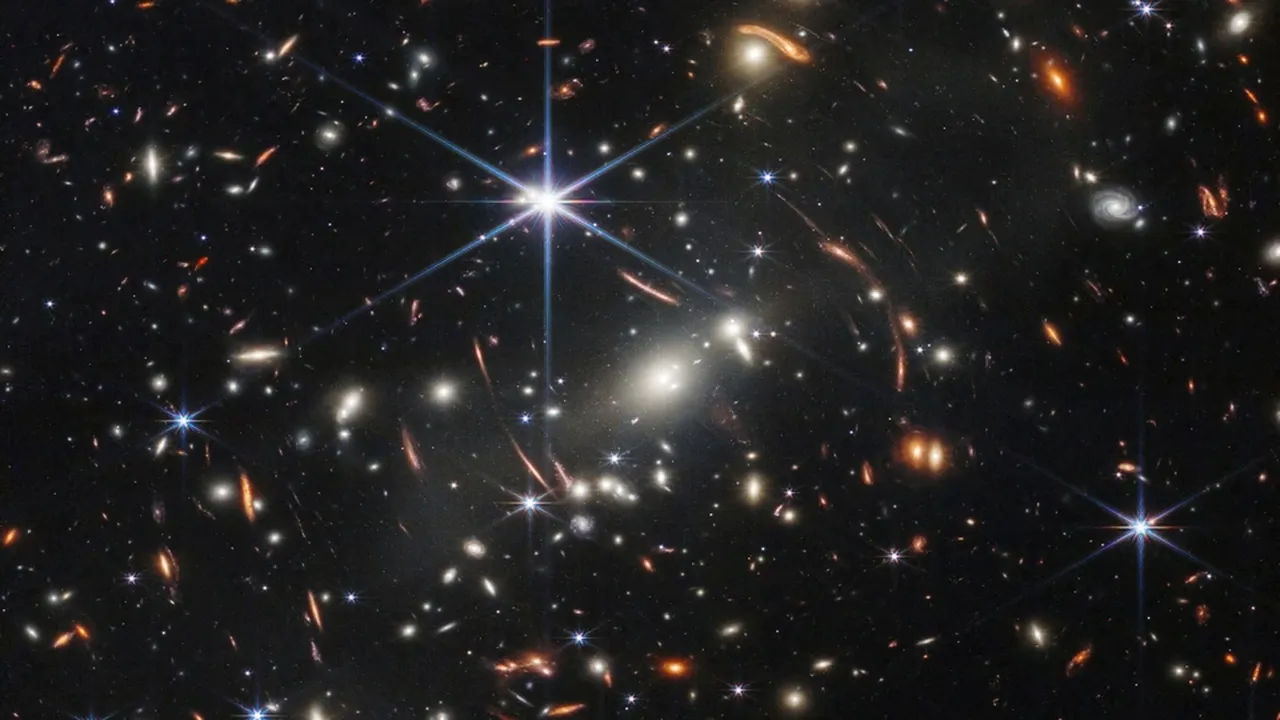Oldest stars in the universe captured in stunning James Webb Space Telescope images
Scientists are looking at light from the universe’s first and oldest star clusters in a new deep field image sent by the James Webb Space Telescope.
Deep field images are captured when powerful telescopes like Webb and the Hubble Space Telescope point their lenses toward dark spots in space between visible stars and leave the lenses open long enough to capture images.
These latest images show galaxies from the very farthest parts of the universe including one 9 billion light-years away, reports say. Each one of them holds millions of stars. The scientists reported their findings in The Astrophysical Journal Letters.
“Since we could observe the sparkles across a range of wavelengths, we could model them and better understand their physical properties—like how old they are and how many stars they contain. We hope the knowledge that globular clusters can be observed at from such great distances with JWST will spur further science and searches for similar objects,” said Kartheik G. Iyer, a co-lead author of the new study and post-doctoral researcher at the Dunlap Institute for Astronomy & Astrophysics.
Alabama was important in the telescope’s construction and testing. Its hexagonal mirrors were polished by Axysys in Cullman after being tested NASA’s Marshall Space Flight Center in Huntsville, and the micro-thin, kite-shaped screens that protect it from the sun were made a Nexolve in Cummings Research Park.
